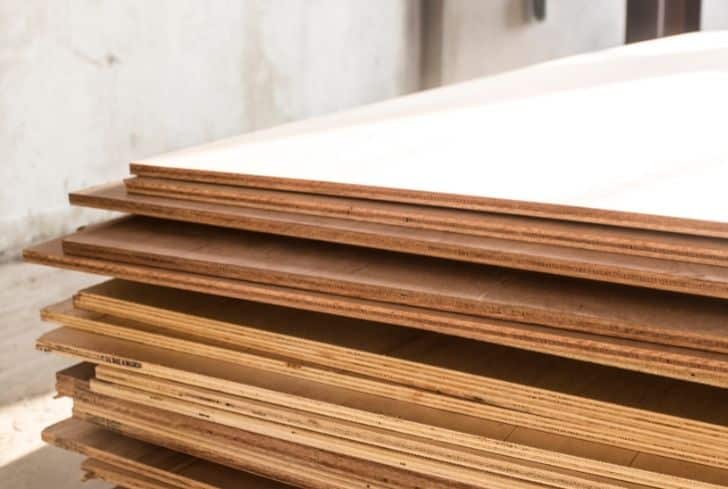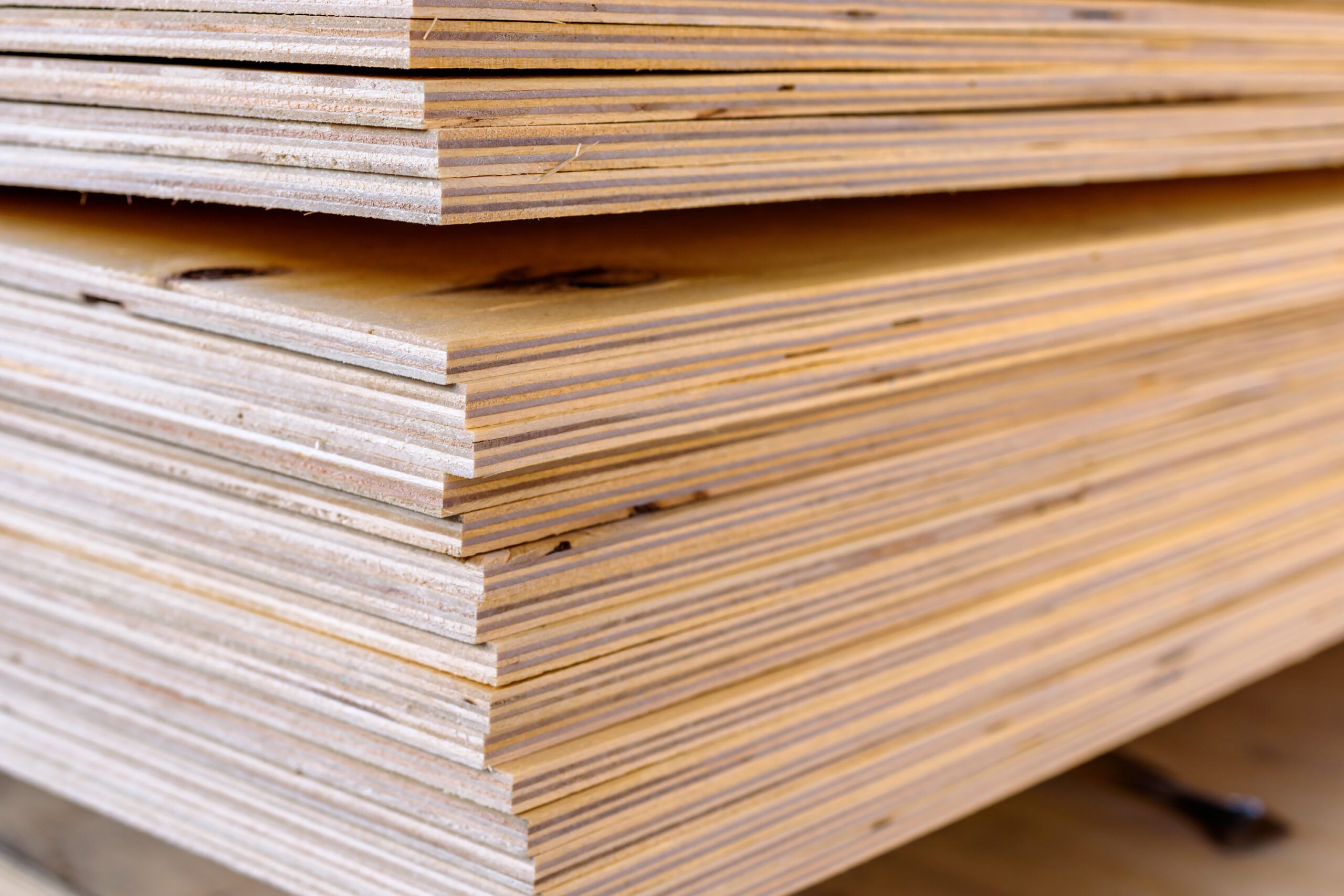Have you ever wondered if plywood gets old? Well, let’s dive into this fascinating topic together! Plywood is a versatile material that has been used for centuries in various construction and woodworking projects. But like everything else, does plywood have an expiration date? Can it withstand the test of time? Let’s find out!
While wood can deteriorate over time due to exposure to moisture, pests, and the natural aging process, plywood, with its unique construction, fares much better. The layers of thin wood veneers glued together make plywood more stable and resistant to warping and cracking. But does that mean it lasts forever? Let’s explore further to uncover the truth about the aging process of plywood.
The lifespan of plywood depends on various factors such as the quality of the wood, the environment it’s in, and how well it is maintained. Over time, plywood can degrade due to moisture damage, insect infestation, or prolonged exposure to sunlight. However, with proper care and maintenance, plywood can last for many years, making it a durable and cost-effective choice for all your woodworking needs. So, let’s delve deeper into this topic and discover more about the longevity of plywood!

Does Plywood Get Old? The Truth About Plywood Durability
Plywood is a versatile building material that has been used for centuries. From construction projects to furniture making, plywood is a popular choice due to its strength, affordability, and ease of use. However, many people wonder if plywood has a long lifespan or if it deteriorates over time. In this article, we will explore the question, “Does plywood get old?” and provide you with detailed information about the durability of plywood.
Understanding Plywood Composition
To answer the question of whether plywood gets old, it is essential to understand its composition. Plywood is made by layering thin sheets of wood, known as veneers, and bonding them together with adhesives. The layers are oriented in alternating directions, which gives plywood its inherent strength and stability. Additionally, the type of wood used for the veneers can vary, including hardwoods like oak and softwoods like pine.
Plywood is manufactured with different grades, each suitable for specific applications. Exterior-grade plywood, for example, is designed to withstand moisture and weather exposure, making it suitable for outdoor projects. On the other hand, interior-grade plywood is intended for indoor use where it is protected from the elements. The grade and type of plywood you choose can have an impact on its durability and lifespan.
The Lifespan of Plywood
While plywood is a durable material, it is not impervious to the effects of time and environmental factors. Over time, plywood may experience some natural aging processes, such as discoloration and slight warping. However, when properly maintained and used in the appropriate applications, plywood can last for decades.
Factors that can affect the lifespan of plywood include exposure to moisture, sunlight, and extreme temperature changes. Excessive moisture can cause the veneers to swell or delaminate, weakening the overall structure. Continuous exposure to sunlight can lead to UV damage, resulting in discoloration and degradation of the adhesive used to bond the layers together. Extreme temperature fluctuations can also cause plywood to expand and contract, leading to cracks and structural instability.
To extend the lifespan of plywood, proper care and maintenance are essential. This includes sealing or finishing the plywood with protective coatings to prevent moisture absorption and UV damage. Regular inspections to identify any signs of deterioration and prompt repairs can also help prolong its life.
Benefits of Plywood
Despite the inevitable aging process, plywood offers numerous benefits that make it a popular choice for many applications. Some of the advantages of plywood include:
1. Strength and Stability: Plywood’s layered construction provides exceptional strength, making it capable of supporting heavy loads without sagging or warping.
2. Versatility: Plywood can be used for a wide range of applications, including construction, furniture, cabinets, flooring, and more.
3. Cost-effective: Plywood is generally more affordable than solid wood, making it a cost-effective option for various projects.
4. Wide Availability: Plywood is readily available in different sizes, grades, and types to suit different project requirements.
5. Environmental Sustainability: Plywood is often made from sustainably harvested wood, making it an environmentally friendly choice compared to other materials.
In conclusion, while plywood may experience some aging and deterioration over time due to various factors, it remains a durable and versatile building material. Proper care and maintenance can significantly extend its lifespan and ensure its continued performance. By understanding the composition of plywood, choosing the appropriate grade for your specific application, and taking steps to protect it from moisture and sunlight, you can enjoy the benefits of plywood for many years to come.
Key Takeaways: Does Plywood Get Old?
- Plywood can indeed get old over time.
- Exposure to moisture and extreme temperatures can accelerate the aging process of plywood.
- Old plywood may become weak and less durable.
- Regular maintenance can help prolong the lifespan of plywood.
- Inspecting for signs of damage and rot is important to ensure the safety and structural integrity of old plywood.
Frequently Asked Questions
Plywood is a popular building material known for its strength and versatility. But does plywood get old? Here are some commonly asked questions about the aging process of plywood and their answers:
1. How long does plywood last?
Plywood can last a long time if properly cared for. The lifespan of plywood depends on various factors such as the type of wood used, the quality of the plywood, and the environment it is exposed to. On average, plywood can last anywhere from 20 to 30 years. However, with the use of preservatives and sealants, the lifespan of plywood can be extended even further.
To ensure the longevity of plywood, it is important to protect it from excessive moisture, direct sunlight, and extreme temperatures. Regular maintenance, such as applying a protective coating or paint, can also help extend its lifespan. Additionally, avoiding structural stress or excessive weight on the plywood can prevent premature deterioration.
2. Can plywood rot over time?
Plywood is made by bonding layers of wood veneers together with adhesive. While plywood is generally resistant to rotting, it can still be susceptible to damage if exposed to long-term moisture or damp conditions. When moisture seeps into the plywood, it can lead to mold, mildew, or rotting of the wood fibers.
To prevent plywood from rotting, it is crucial to keep it dry and protect it from water exposure. This can be achieved by properly sealing the edges and surfaces of the plywood with a water-resistant coating. Regularly inspecting the plywood for signs of damage and promptly addressing any issues can also help prevent rotting.
3. Can plywood weaken over time?
Plywood is a durable material, but it can weaken over time if subjected to excessive stress or environmental factors. Continuous exposure to moisture, extreme temperature fluctuations, or direct sunlight can cause the plywood to warp, crack, or delaminate, which can weaken its structural integrity.
To prevent plywood from weakening over time, it is essential to store and use it in a controlled environment. Avoid subjecting plywood to excessive heat, cold, or humidity. Additionally, following proper installation techniques, such as using the correct fasteners and maintaining proper spacing, can help prevent unnecessary stress on the plywood, thereby preserving its strength.
4. Does plywood become less flexible as it ages?
Plywood is known for its flexibility and ability to withstand bending or curving. However, as plywood ages, it can become less flexible due to factors such as moisture absorption, wear and tear, or changes in the wood fibers.
To maintain the flexibility of plywood over time, it is important to protect it from excessive moisture and physical damage. Avoid storing plywood directly on the ground or in areas prone to water leaks. Regularly inspecting the plywood and addressing any signs of damage or weakening can also help preserve its flexibility.
5. How can I extend the lifespan of plywood?
To extend the lifespan of plywood, it is essential to take proper care of it. Here are some tips to increase the longevity of plywood:
– Keep plywood dry: Protect plywood from moisture by sealing all edges and surfaces with a water-resistant coating. Avoid exposing it to prolonged dampness or rain.
– Avoid excessive weight: Plywood has weight limitations, so avoid overloading it to prevent excessive stress and potential damage.
– Regular maintenance: Inspect the plywood regularly for signs of damage or weakening. Address any issues promptly to prevent further deterioration.
– Store in a controlled environment: Store plywood in a cool, dry area with proper ventilation to minimize exposure to extreme temperature fluctuations.
– Use proper installation techniques: Follow recommended installation practices, such as using appropriate fasteners and ensuring proper spacing, to prevent unnecessary stress on the plywood.
By following these guidelines, you can significantly extend the lifespan and usability of plywood.

5 Mistakes Buying Plywood – Don’t Waste Your Money!
Summary
So, does plywood get old? The answer is yes. Over time, plywood can degrade due to exposure to moisture, sunlight, and pests. It’s important to protect plywood with sealants and keep it in a dry environment to prolong its lifespan. Regular maintenance and inspections are key to ensure the plywood stays in good condition. Remember, taking care of your plywood will help it last longer and save you from the trouble of having to replace it sooner than necessary.
